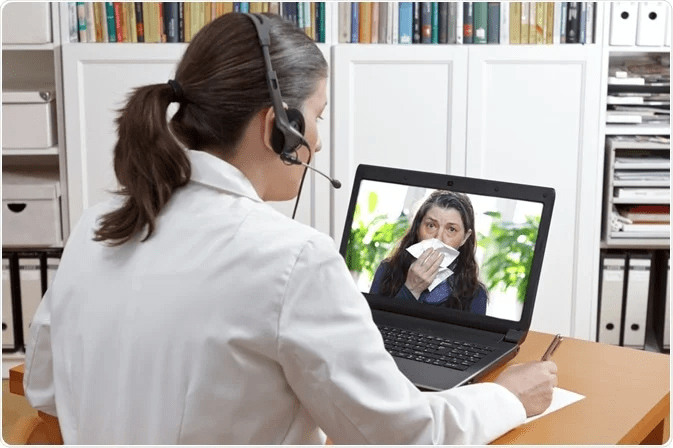Types of Telemedicine

There are three main types of telemedicine: store-and-forward, remote monitoring, and real-time interactive services. Each plays a crucial role in healthcare and can offer substantial benefits to both healthcare workers and patients when used appropriately.
Store-and-Forward Store-and-forward telemedicine eliminates the need for in-person meetings between medical practitioners and patients. Patient information, such as medical images or biosignals, can be sent to specialists as needed. This method is commonly used in dermatology, radiology, and pathology. Properly structured, store-and-forward telemedicine can save time and allow practitioners to serve the public more effectively. However, it relies on documented information or images instead of physical examinations, which can sometimes lead to complications like misdiagnosis.
Remote Monitoring Remote monitoring, also known as self-monitoring or self-testing, uses various technological devices to monitor a patient’s health and clinical signs remotely. It is extensively used in managing chronic diseases like cardiovascular disease, diabetes mellitus, and asthma. Benefits include cost-effectiveness, more frequent monitoring, and greater patient satisfaction. While there is some risk of inaccuracy in patient-conducted tests, outcomes are generally similar to those of professional-patient tests.
Real-Time Interactive Services Interactive services provide immediate advice to patients needing medical attention through phone, online, or home visits. Medical history and consultations about symptoms can be conducted, followed by assessments similar to face-to-face appointments.
- Teleneuropsychology: Involves neuropsychological consultation and assessment over the phone for patients with or suspected of having cognitive disorders. Standard evaluation techniques are used via video technology. A 2014 study found this to be a feasible and reliable alternative to in-person consultations, provided quality standards are maintained.
- Telenursing: Utilizes communicative technologies for remote nursing services. Consultations over the phone can diagnose and monitor health conditions. This low-cost, highly accessible service is especially beneficial for patients in rural areas and can reduce the burden on hospitals by addressing minor ailments early.
- Telepharmacy: Offers pharmaceutical advice remotely, allowing medications to be monitored and advice to be given over the phone. Depending on regulations, refill authorization may also be provided.
- Telerehabilitation: Uses technology for clinical assessment and therapy in rehabilitation patients, often involving video conferences and webcams to communicate symptoms and progress.
Conclusion Telemedicine services significantly improve healthcare accessibility, particularly for patients in areas with limited local health professionals. They also offer a cost-effective alternative to traditional in-person appointments.
